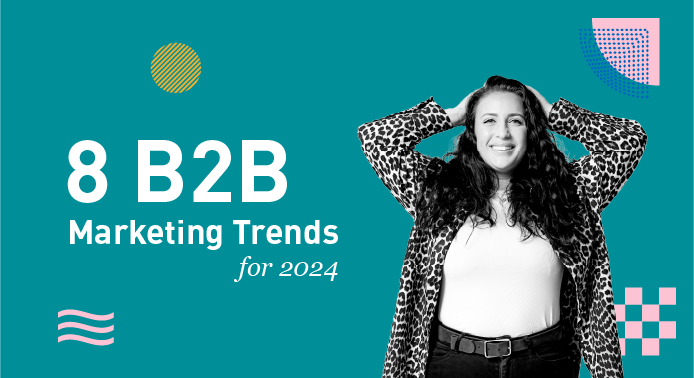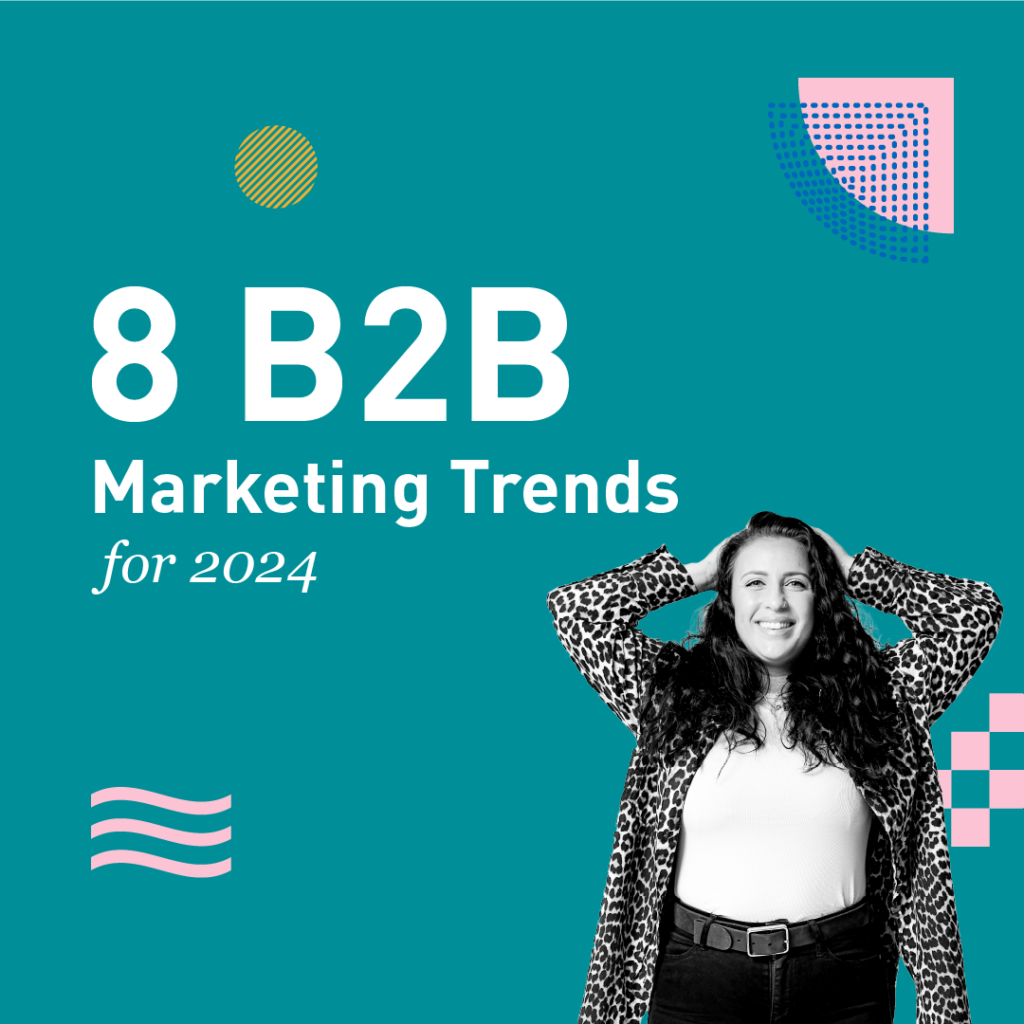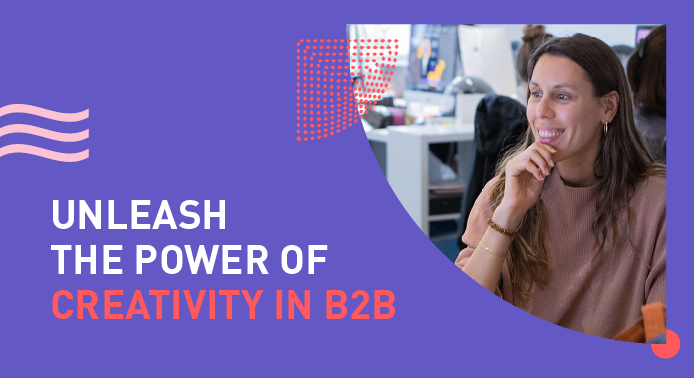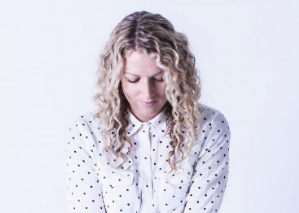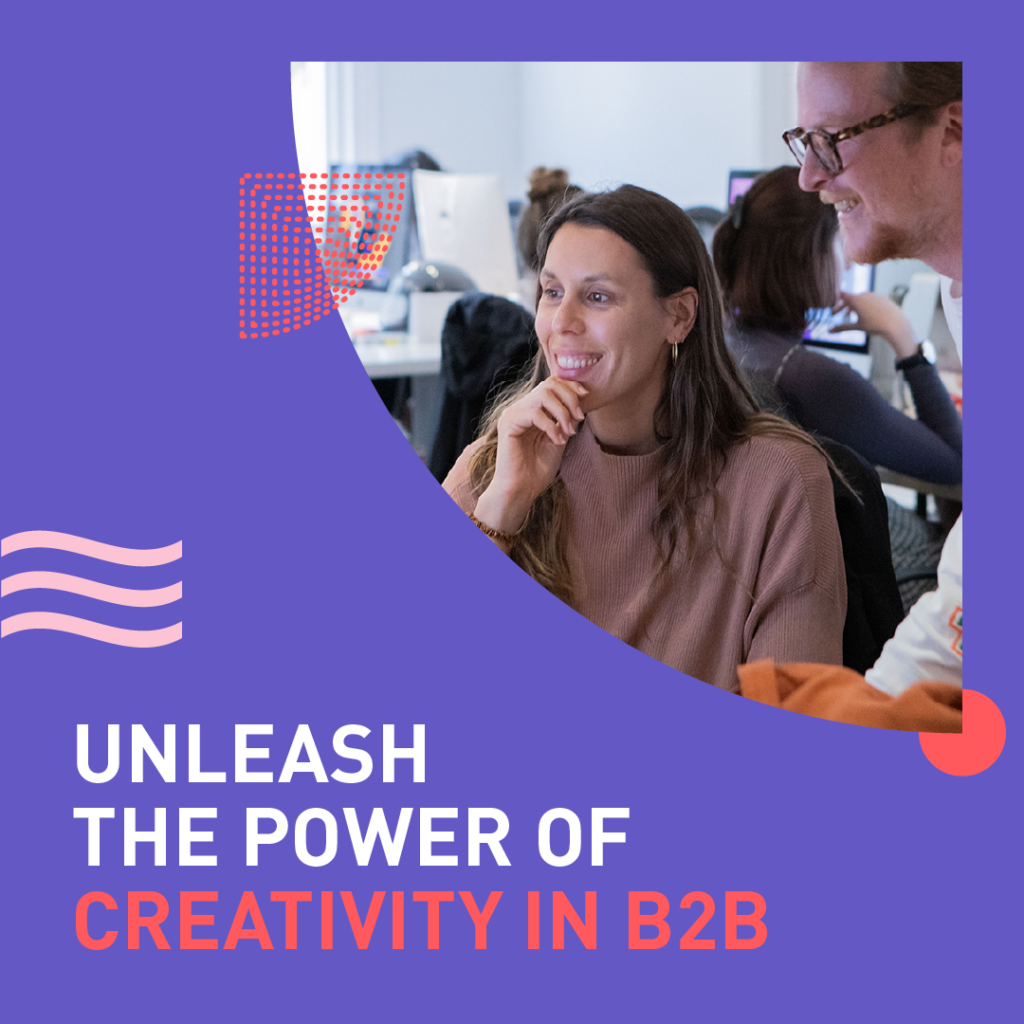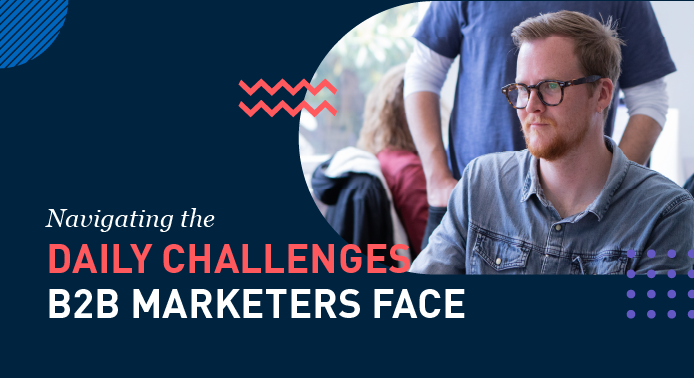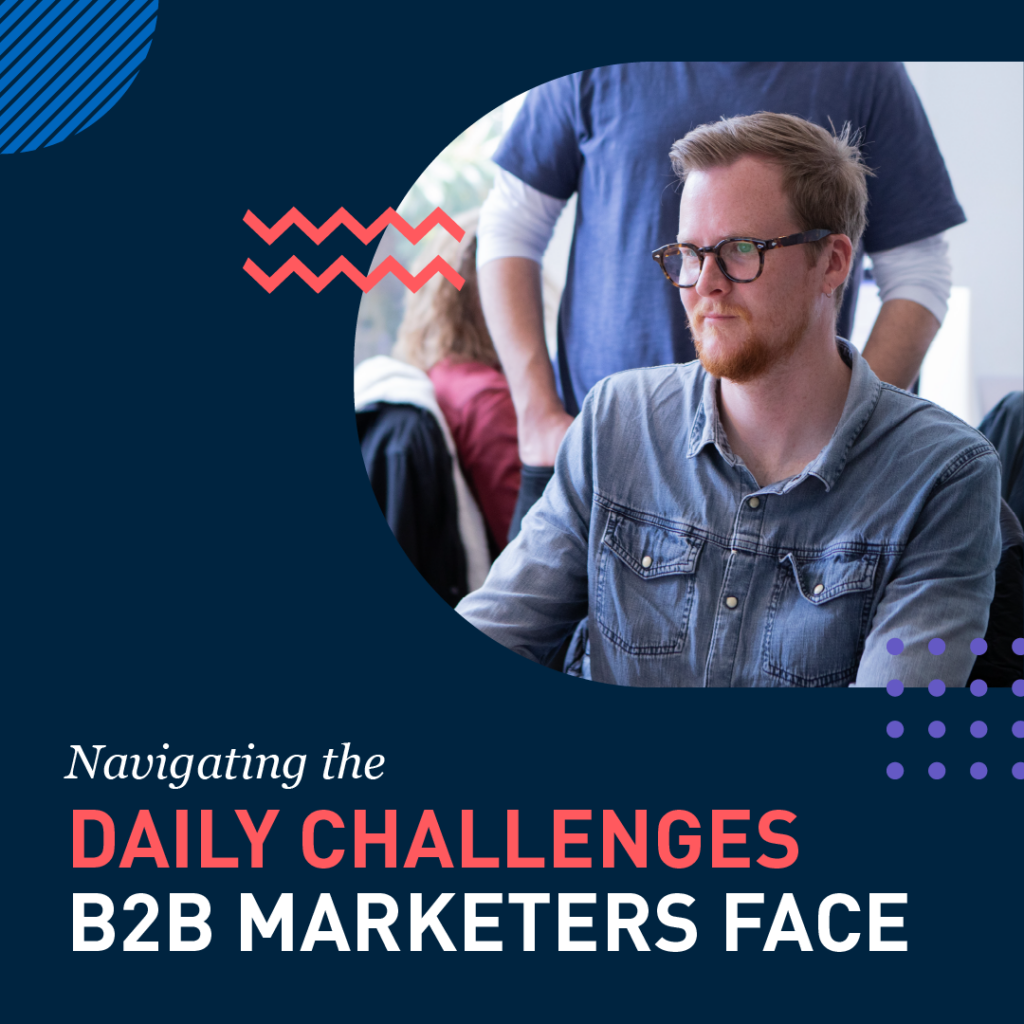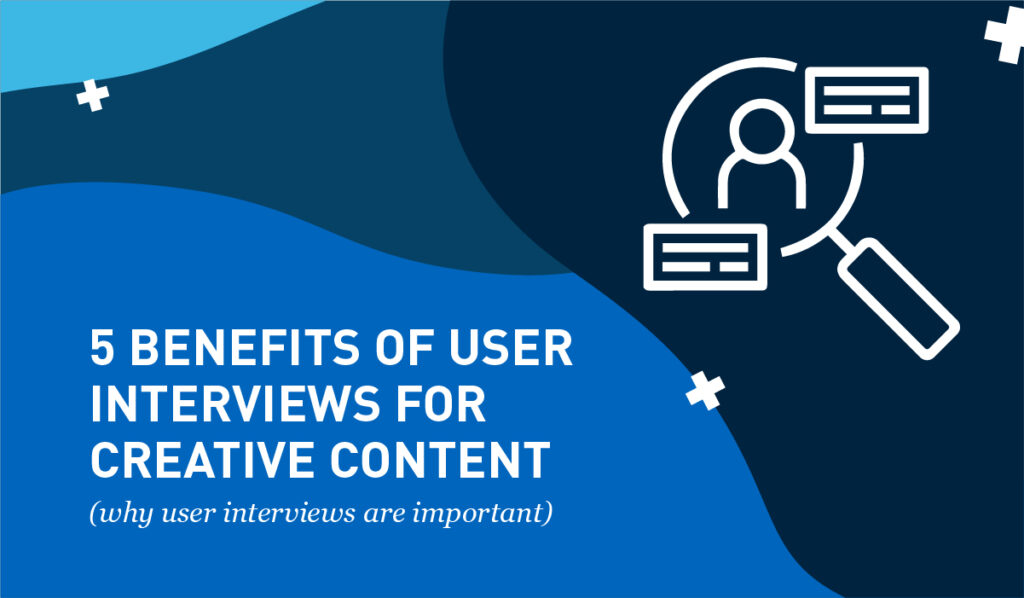
It’s easy to feel confident when you’ve landed on an awesome idea…but if you do user research well, you might uncover something that will challenge it. It’s these moments of surprise that truly define a user experience-led creative process. No matter how much research you undertake, nothing compares to sitting down human-to-human and having a yarn. (You only need to take into consideration that anywhere between 70 and 93% of our communication is nonverbal!) That’s why we like to take a leaf out of Mark Twain’s book. We believe in laying the groundwork for true human-centred creativity which starts by listening to your users.
In this article, we’ll look at the key benefits of conducting user interviews as part of your UX design process.

In a nutshell, user interviews:
- Illustrate the key pain points and challenges of your target users
- Give super valuable insights into how users view a product or service
- Inform your user journeys when and where customers use your offering
- Feed information that will help the creative team
- Foster innovation that begins and ends with people
- Challenge preconceptions
- Deepen your empathy for others
- Build credibility with stakeholders
In this article, we’re going to talk you through points 1-4. Keep following our content for the second half!


1. Illustrate the key pain points and challenges of your target users
User interviews can be carried out at any stage of the design and creative process. They’re especially helpful when you’re looking for contextual information – the lay of the land. You can also use them to validate an existing product or service. Most commonly, they answer questions such as “what don’t we know?” and “why are we creating what we’re creating?”
Like other research methods, user interviews can unearth new opportunities and ideas. People are usually quite willing to share about their challenges when given the chance. Just ask a loved one nearby what their experience is with their telco. Chances are they’ll chew off your ear with tales of difficulty.
We always love conducting user interviews at the beginning of a project and also near the end so we can keep learning and iterating until we find a sweet spot. Even if your research framework is quite broad at this stage, you’ll start to gather inspiration on product ideas with a real-life user problem to solve. Also, it deepens your empathy for others.
Watch: why accessibility and inclusive design drive innovation

2. Give super valuable insights into how users view a product or service
Designers and creative teams can use face-to-face interviews to inform decisions around product and experience design. When you give space to users to express themselves, you provide an opportunity to gather accurate information about their current behaviours, expectations, or frustrations. Usually with products there are three main variables: tech, experience (gauged by the people), and business. All under one umbrella you could call them digital experiences. User interviews add another layer to comprehending your subject matter with deep research. Collecting information from user interviews is just as important as collecting data to understand the user’s point of view. Numbers alone don’t tell us the full picture.

3. Inform your user journeys when and where customers use your offering
User interviews not only shine light on current perceptions of your brand or service but also insight into the context of use. What we mean by that is interviewees can shadow participants in their day-to-day life and ask questions along the way as users interact with the selected product. This is super valuable as researchers start to craft a realistic narrative around where, when, and why users choose to act. What will make them act in the moment? It’s important to have some context on whether the user is feeling time-pressed and stressed, when they receive your messaging, or relaxed and pensive. Bad user experiences drive people away. This is exactly the kind of information you need to feed to the creative team to help them create something amazing.
Talking to another business? Check out our article on what does a great customer journey for B2B content look like.


4. Challenges preconceptions
A key component of the user interview process is being an active listener. Part of getting to the moment of surprise or insight is to keep an open mind. It’s inevitable, but you’ll need to do your best in drawing conclusions that are separate from your own biases. User interviews clearly convey the target audience’s big-picture beliefs and philosophies. Remember, you’re creating for others. In any interview, the right questions are often tough questions. They’ll allow you to probe deeper into the problem you’re investigating, and can lead to true innovation and challenge existing assumptions. We know it can be hard not to get defensive when it comes to your creations, but remind yourself of your passion for human-centred creativity.

5. Builds credibility with stakeholders
Eventually, these conversations can lead to determinative decisions around iterating a service or improving a product. We’ve found that interviews can help you collect users’ sentiment – information which can get stakeholders on board a project and potentially even fund the next phase of it. All of which is important when you follow a design thinking methodology and keep iterating and iterating for endless improvements.
(Hey! If you’re thinking I don’t even have an idea to get started with, we’ve got you. Check out our guide on How to Brainstorm Creative Ideas in another tab, and then come back here when you’ve got something to take to Shark Tank.)

There you have it – our 5 key benefits of conducting user interviews. We reckon they’re pretty important. So important, that we include them as a “must-have” in our specialised creative content workshops.
Want to make your comms more human? We can tell you more about our specialised creative content workshops where we do activities such as user interviews tailored to your brand or business.
Chat to a Melon. (We promise we won’t ask you tough questions. Or maybe we will).

